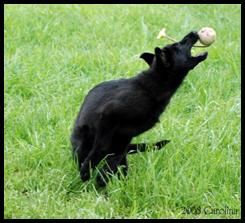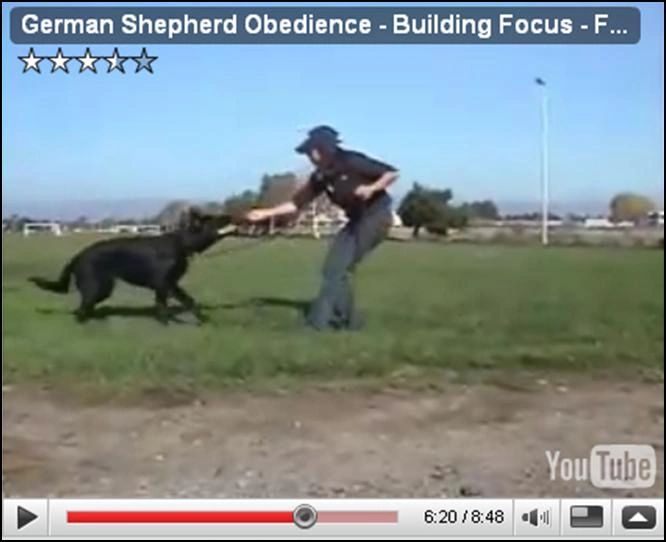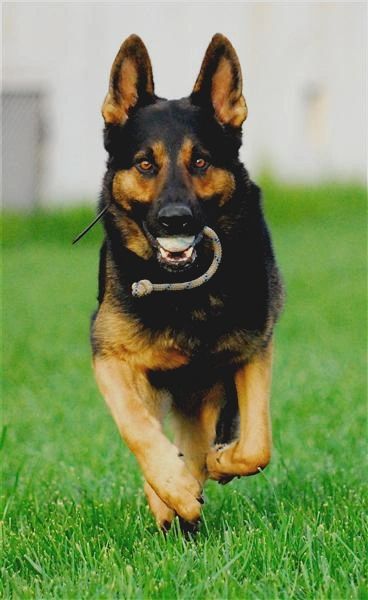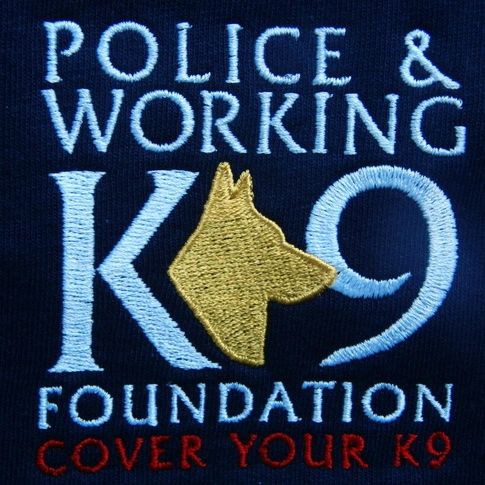www.Germanshepherdk-9.com
Home of
Larry - Curly - Moe
German Shepherd working dogs!
Larry - Curly - Moe
German Shepherd working dogs!

Advantages and Disadvantages
During the last decade toy and food rewards have gained enormous popularity among sport and pet dog trainers. The most common use of rewards during training is for building drive (creating motivation for work or simulating genetic working drives), communicating with the dog, and creating focus on the handler.
The advantages to using rewards during training are clear. The dog shows a happier picture overall, actually enjoys working through tasks and develops a strong relationship with his or her handler. However, there are growing disadvantages too. Dogs often become dependent on the toy or food, rather than enjoy the simple activity of performing the work and being engaged with their handler.
Drive Building Outcome
As canine sports have become more competitive, the performance dog that is able to execute exercises with quick and precise skill have become the demand. "Drive Building" through the use of reward based training techniques, have been designed to stimulate the dog to show greater speed and enthusiasm while working through commanded tasks. The high stimulation technique typically brings desirable results. However, an undesirable outcome is often looming in the background, because the training technique is frequently over used. The excessive use of high intensity training techniques will typically develop a dog that is out of control. Accuracy and reliability required for work or sport performance are often sacrificed due to the overuse of Drive Building techniques. As a result, an excess of compulsion training is often required to regain control of the dog.
High intensity reward training that requires a high level of control can easily become confusing for a dog. In a typical scenario, the dog should show strong working drives and intensity for the work; yet, at the same time show accuracy and control. However, the opposite is often the case. The dog is often pushed over the top, in the hands of a less experienced trainer, to an uncontrollable level of drive, ultimately leading to a communication break down, between handler and dog. Unless the training is well balanced by top level handling, this situation creates an undeniably counter productive training environment. The dog and handler will have a difficult time perform together as a team. Unfortunately, well meaning handlers
are often misguided into thinking "drive building" in protection and obedience is the best solution for increasing drive, focus and confidence for the work. Realistically, however, the technique does have limits. There are more effective techniques to help and train the dog to work enthusiastically and precisely while performing his job.
The Goal for Performance Dog Training
The goal of dog training for sport is to develop a self-motivated dog that is confident and enthusiastic for the work, without showing signs of over stimulation. If the training foundation is clear and the dog has the correct inherent working drives for the sport, he will maintain focus and push the handler to work, while remaining under control and without high levels of "building drive".
Alternative to Building Drive
Teaching a dog through a reward process that includes clearly defined rules, specifically designed tasks used to develop problem solving skills, along with well timed handler feed back, eliminates the need for high amounts of drive building. If trained correctly, the dog's focus will be less about the reward and more about the challenge of performing the task. Working through a task will be a source of self-motivation for the dog. With the correct genetics and training, there should be very little need, if any, for stimulating the dog through "drive Building". There are many uses for the toy reward in dog training. No longer is sport obedience simply about the dog simply obeying. If used correctly, rewards will become a very powerful tool rather than a simple manipulation device! German Shepherd k9 Copyright 2021 |

 Motivational training that is balanced
Motivational training that is balanced

